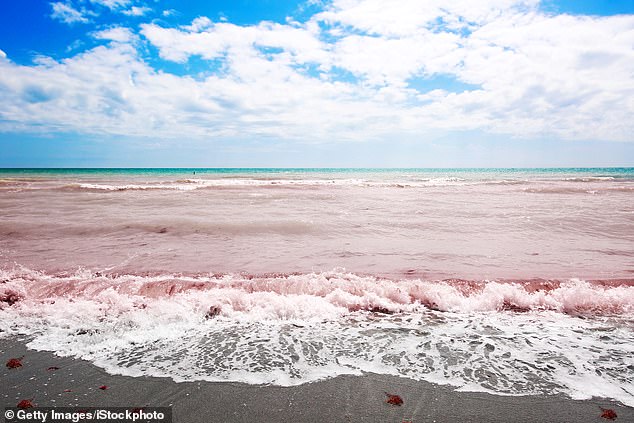
Florida Declares Emergency Amid Toxic Coastal Invasion and Rising Health Crisis
Floridians Urge Governor DeSantis to Declare State of Emergency as Toxic Red Tide Worsens
[Image: Aerial view of red tide algae bloom along Florida’s coast]
Residents and environmentalists are calling on Florida Governor Ron DeSantis to declare a state of emergency as a toxic red tide algae bloom persists along the state’s southwest coast. Spanning over 200 miles from Tampa Bay to Key West, the harmful algal bloom (HAB) has triggered health alerts, killed marine life, and raised concerns about tourism and public safety.
What is a Red Tide?
A red tide, caused by the algae Karenia brevis, turns coastal waters rusty red and releases brevetoxin—a neurotoxin harmful to humans and wildlife. Exposure can cause skin irritation, respiratory issues (like asthma attacks and pneumonia), and gastrointestinal problems if contaminated seafood is consumed.
Current Crisis and Causes
The bloom, active since Hurricanes Helene and Milton churned nutrient-rich waters in the Gulf of Mexico last fall, has left dead fish littering beaches and is suspected in the deaths of two dolphins in Collier County. Counties including Sarasota, Charlotte, Lee, and Collier report the highest toxin concentrations.
[Image: Dead fish washed ashore on a Florida beach]
Scientists link worsening red tides to pollution from fertilizers, sewage, and industrial runoff, which flood waterways with nitrogen and phosphorus. These nutrients fuel algae growth, especially when combined with warm water and storm-driven sediment.
Calls for Action
“While the state has invested in mitigation tech, we’re not effectively controlling polluted waterways,” said Eric Milbrandt of the Sanibel-Captiva Conservation Foundation. DeSantis has allocated $125 million since 2019 for red tide research and formed a task force, but advocates demand urgent, hurricane-level emergency measures.
Economic and Ecological Toll
Red tides cost Florida billions. The 2018 bloom alone caused $2.7 billion in tourism losses. Wildlife also suffers: manatees, sea turtles, and birds face fatal toxin exposure. In 2023, deputies rescued a brevetoxin-poisoned manatee too weak to lift its head above water.
[Image: Rescue of a manatee affected by red tide]
The Path Forward
Milbrandt emphasizes addressing runoff pollution—a complex issue with no single source—and implementing statewide emergency protocols. “We need a coordinated response to protect our communities and ecosystems,” he stated.
As the bloom lingers, pressure mounts on DeSantis to act. Declaring an emergency could unlock resources for cleanup, health protections, and long-term pollution controls—critical steps to safeguard Florida’s coasts and economy.
[Image: Governor Ron DeSantis at a press conference]
Florida’s battle with red tides highlights the urgent need to balance ecological preservation with economic growth. Without decisive action, these toxic blooms threaten to become a recurring nightmare for the Sunshine State.
—With agency inputs


